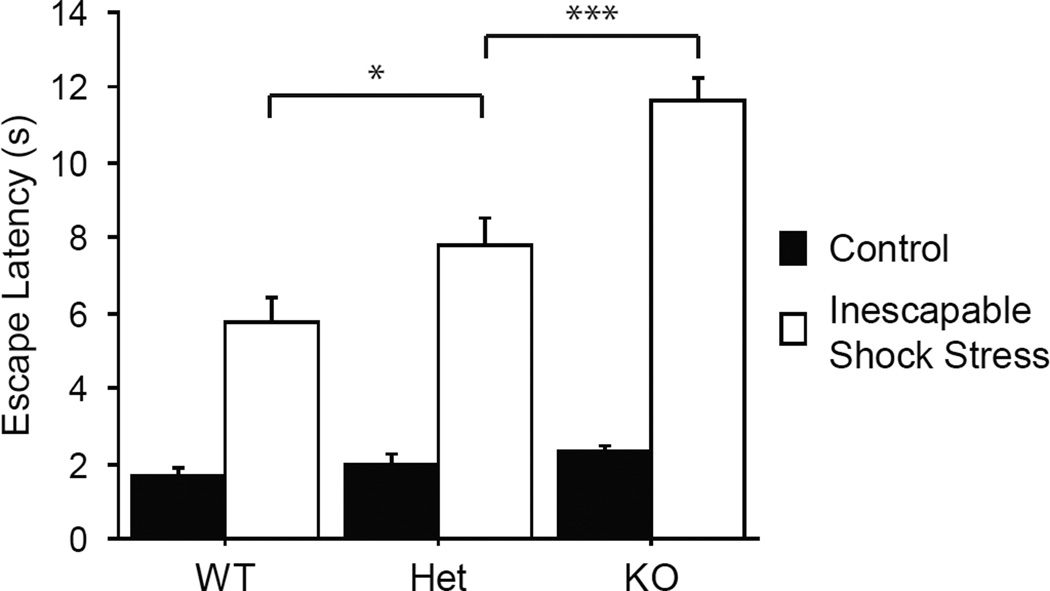Figure 2. Shock Escape test of the serotonin genotype by stress environment experiment.
Mean (and standard error) latency in seconds to escape from a footshock by running through a door to the other side of a two-sided chamber is shown by group. Serotonin transporter (5-htt) knockout mice (KO) with no functional transporter, heterozygote animals (Het) with one functional and one disrupted allele, and wild-type subjects (WT) were either exposed previously to 3 sessions of inescapable footshocks (Inescapable Shock Stress) or just placed in chambers identical to those where inescapable shock sessions were conducted (Control). The prior inescapable shock stress increased escape latency. 5-htt deficient mice showed increased escape latencies. Stressed KO mice escaped more slowly than stressed WT animals. Most importantly for the Het mouse as a model of gene environment interaction, stressed Het mice were significantly slower to escape than stressed WT animals. Further, the Het animals showed an intermediate phenotype; mean escape latency among the Het mice was faster than that of the KO subjects. No differences among genotypes were observed in the no-shock control condition. * p < .05, *** p < .0001.

